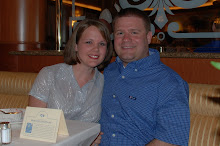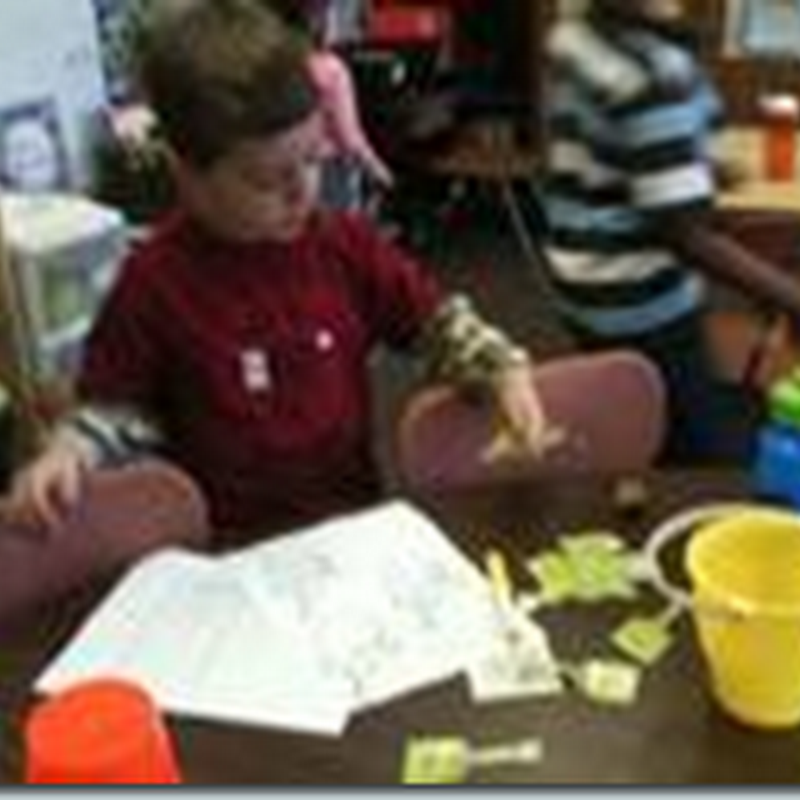 So, last summer I was browsing the web and came across The Cornerstone for Teachers website. Angela Powell has so many great ideas (many for classroom mangagement, but that's not all she blogs about). I was so intrigued by her website I bought her book.
So, last summer I was browsing the web and came across The Cornerstone for Teachers website. Angela Powell has so many great ideas (many for classroom mangagement, but that's not all she blogs about). I was so intrigued by her website I bought her book.In her book she makes this statement, "There must be a balance between teaching students to behave for intrinsic reasons and having something meaningful to work towards. As teachers, we show up to work everyday on time because it's the right thing to do, not because we're expecting a reward...but we wouldn't show up at all if we weren't getting paid at the end of the week."
Her website and her book both talk in detail about the Bead System. I started using it last year and really liked it alot. Here's how it works:
- Each child has a pipe cleaner (cut in half) taped to their desk.
- During the week they have the opportunity to earn beads (pony beads) to add to their pipe cleaner.
- By the end of the week they need 10 beads (unless it's a short week at school). So, they know the goal is 2 beads per day, but they can earn more or less based on their behavior. They can earn beads for: helping a friend, being the first one sitting on the carpet, walking quietly in the hall, cleaning up without being asked... They learned quickly that if they asked for a bead they wouldn't get one.
- On rare occasions beads could be lost-- but this was rare.
- Those that earned 10 beads by Friday, had "Fun Friday." I would get the iPod Touches out and let the kids play apps. By the end of the year some kids prefered to just draw or sit and talk-- most still wanted the iPods. Those that did not earn 10 beads just read from their book box by themselves.
- Children earned "sick pay" (2 beads) when they were absent.
- I told them that if I ever saw them stealing beads they would lose all of their beads for the week. The threat must have been enough to scare them. I never had stolen beads. Actually, my sweet friends last year would find beads laying around the room and bring them to me to put back in the jar.
The bead system helped to reward good behavior. But, I still wanted some way to report bad behavior to parents. I added a little behavior chart to the bottom of my monthly calendar that goes home with the kids each night. I loved this system last year. It didn't take but just 3 or 4 minutes to quickly write down the behavior code for the day (mostly 1's for good behavior), plus it showed parents issues to address at home. Here's what my calendar looks like so far for August.
I'm sure there will be more to add once I get my class list and official school calendar. I have a really simple system for take-home folders. The calender gets stapled on the left side of the folder (the poly kind without brads- Office Depot sells some really sturdy ones) and their papers go home on the right-hand side. Each month I remove the old staples, put the new calendar on top and re-staple all previous callendars together in the folder. The calendars are great documentation for parent conferences.
How do you manage behavior in your classroom? Link up with The Lesson Plan Diva and share your ideas.
How do you manage behavior in your classroom? Link up with The Lesson Plan Diva and share your ideas.

























































































































